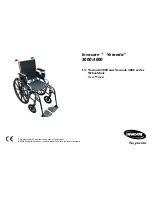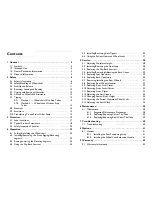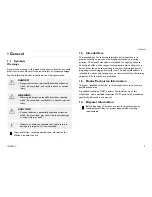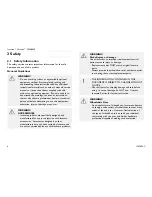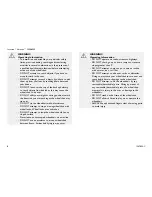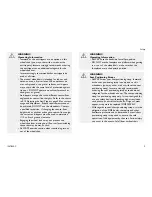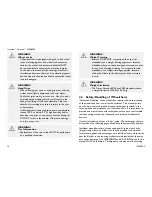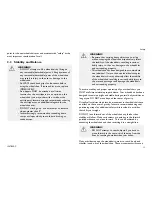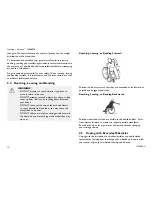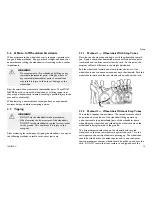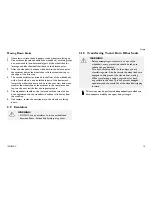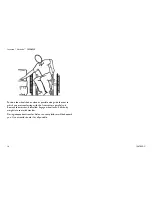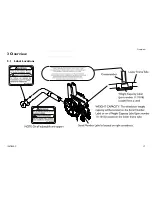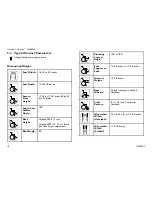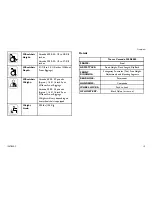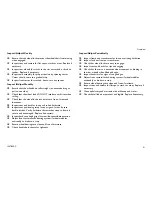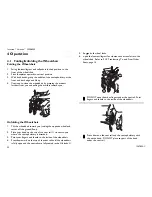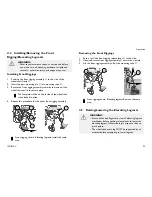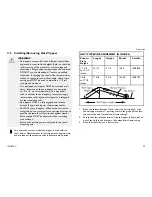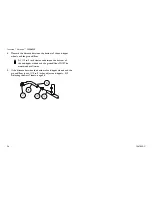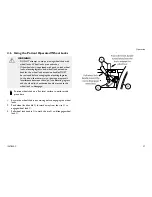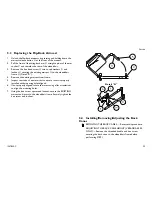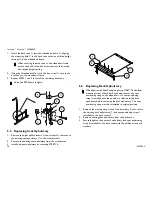
Safety
Moving Down Stairs
1.
If necessary, rotate the anti-tippers so the wheels are facing up.
2.
One assistant (positioned behind the wheelchair), securely grasps
a non-removable (non-detachable) part of the wheelchair for
leverage and tilts the wheelchair back to the balance point.
3.
After the wheelchair has been tilted back to the balance point,
the assistant behind the wheelchair rolls the wheelchair up to
the edge of the first step.
4.
The second assistant (positioned in the front of the wheelchair),
with a firm hold on a non-detachable part of the framework,
lowers the wheelchair down and on to the next stair below and
steadies the wheelchair as the assistant in the rear places one
foot on the next stair below and repeats process.
5.
The wheelchair should not be lowered until the last stair has
been negotiated and the wheelchair has been rolled away from
the stairway.
6.
If necessary, rotate the anti-tippers so the wheels are facing
down.
2.9
Escalators
WARNING!
–
DO NOT use an escalator to move a wheelchair
between floors. Serious bodily injury may occur.
2.10
Transferring To and From Other Seats
WARNING!
–
Before attempting to transfer in or out of the
wheelchair, every precaution should be taken to
reduce the gap distance.
–
Turn both casters parallel to the object you are
transferring onto. Also be certain the wheel locks are
engaged to help prevent the wheels from moving.
–
When transferring, position yourself as far back
as possible in the seat. This will prevent damaged
upholstery and the possibility of the wheelchair tipping
forward.
This activity may be performed independently provided you
have adequate mobility and upper body strength.
1567855-C
15
Summary of Contents for Veranda 4000 series
Page 5: ...9 2 Usability Survey 45...
Page 48: ...Notes...

